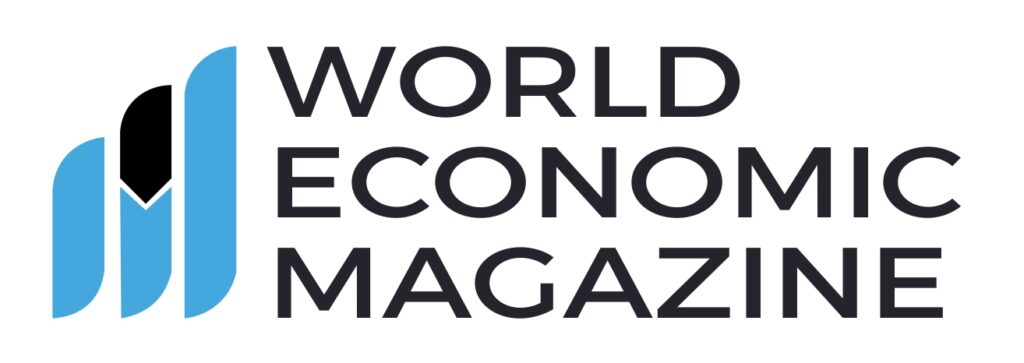
U.S. Consumers Plan to Spend Nearly $80 Billion During Black Friday
Cyber Monday, Viewing Shopping as a Smart Savings Strategy
Despite inflation, rising living costs, and financial uncertainty, U.S. consumers are preparing to increase spending during Black Friday and Cyber Monday (BFCM) this year. A new survey conducted by Omnisend, the ecommerce marketing company, finds that shoppers collectively intend to spend close to $80 billion both online and in stores an increase of about $20 billion compared to 2024.

Results show that Americans now view BFCM as a cost-saving tactic amid economic strain. The average consumer expects to spend $340 on Black Friday and $300 on Cyber Monday, which represents an increase of $90 on Black Friday and $60 on Cyber Monday per shopper year-over-year.
“Shoppers aren’t just chasing discounts — they’re making strategic financial decisions,” said Marty Bauer, ecommerce and retail expert at Omnisend. “Even though many Americans are facing higher living costs, credit card debt, and tighter budgets, they’re choosing to lean into BFCM as the best time to make their money go further. People are spending more during BFCM not because they’re carefree, but because they see it as the smartest financial strategy in a tough economy.”
According to the survey, 40% of shoppers say they will spend more than last year on Black Friday, while 32% plan to increase spending on Cyber Monday. Most respondents expect to spend between $100 and $499, with only a small group planning to exceed $1,000.
However, while spending is increasing during BFCM, Americans are expected to keep overall holiday spending lower, and post-holiday debt is projected to reach $55 billion.
BNPL Use Grows, but Most Shoppers Prefer Paying Upfront
Buy Now, Pay Later (BNPL) continues to take a role in purchase decisions:
- 21% will use BNPL on Black Friday
- 17% will use BNPL on Cyber Monday
BNPL is most popular for larger purchases. Yet, nearly half of consumers surveyed say they prefer to pay in full immediately.
“BNPL has established itself as a viable payment option, but trust and financial control still matter,” Bauer noted. “Shoppers are willing to use BNPL for big purchases, but the majority still prefer the peace of mind of paying upfront.”
Discounts and Free Shipping Remain Core Conversion Drivers
When asked what motivates them most during BFCM:
- 68% prioritize discounts
- 52% prioritize free shipping
- Nearly one-third value early access and limited-time offers
- 20% are swayed by loyalty rewards
- 16% say influencer promotions drive purchases
The findings confirm a continued consumer focus on practical savings and convenience.
Amazon Still Leads, but Others Gain Ground
Consumers named the following as their primary BFCM destinations:
- 73% — Amazon
- 54% — Walmart
- 38% — Target
- 16% — Temu
- 10% — TikTok Shop
“Amazon is still the undisputed leader, but shoppers are becoming more adventurous,” Bauer commented. “The rise of Temu and TikTok Shop shows that new platforms are successfully capturing attention with aggressive pricing and social-driven commerce.”
Top Spending Categories for 2025 BFCM
Consumer purchasing priorities include:
- Clothing and accessories — 53%
- Tech and electronics — 47%
- Toys and games — 33%
- Beauty and self-care — 28%
- Home décor — 24%
- Food and drinks — 20%
Parents appear to be waiting for BFCM discounts to stretch holiday gift budgets, especially in the toys segment.
Guidance for Retailers Preparing for BFCM
According to Bauer, retailers should shape offers around real financial benefits:
- Position deals as money-saving opportunities
- Prioritize discounts and free shipping
- Offer tiered promotions for both cautious and high-spending shoppers
- Explore emerging platforms like Temu and TikTok Shop
- Use automation tools such as Omnisend to schedule targeted campaigns and personalize outreach
“Americans are financially stretched but still determined to shop smart,” Bauer said. “Retailers who connect their promotions to real value and savings will capture the strongest growth this BFCM.”
Survey Methodology
The survey was commissioned by Omnisend and conducted by Cint in August 2025, polling 1,200 U.S.-based consumers on BFCM shopping budgets, categories, payment choices, preferred retail destinations, and year-over-year changes. Average spend figures were calculated using midpoint values of selected budget ranges. Total market sizing was derived from National Retail Federation data, which shows that around 170 million Americans participated in BFCM 2024.






